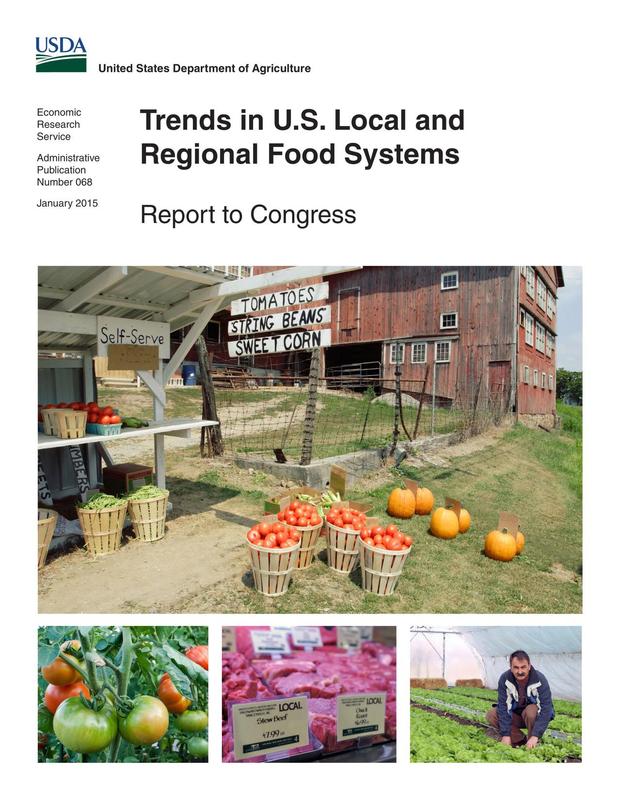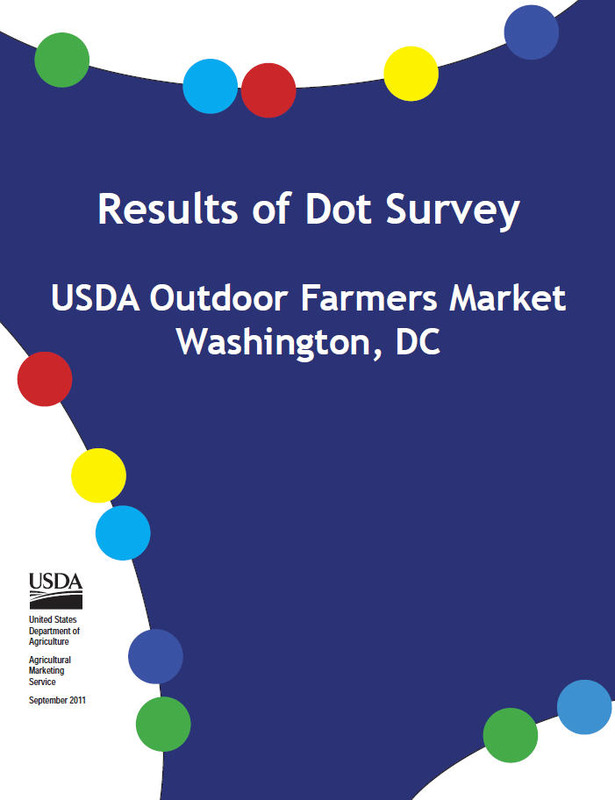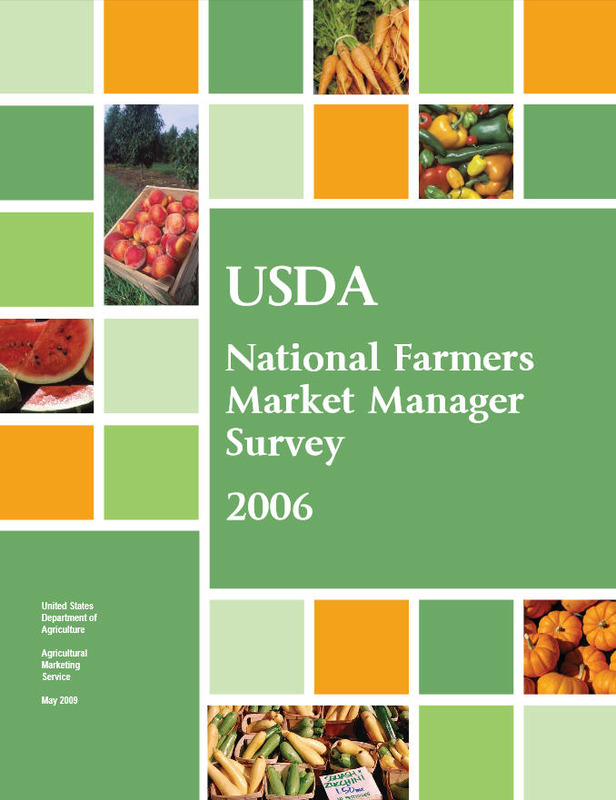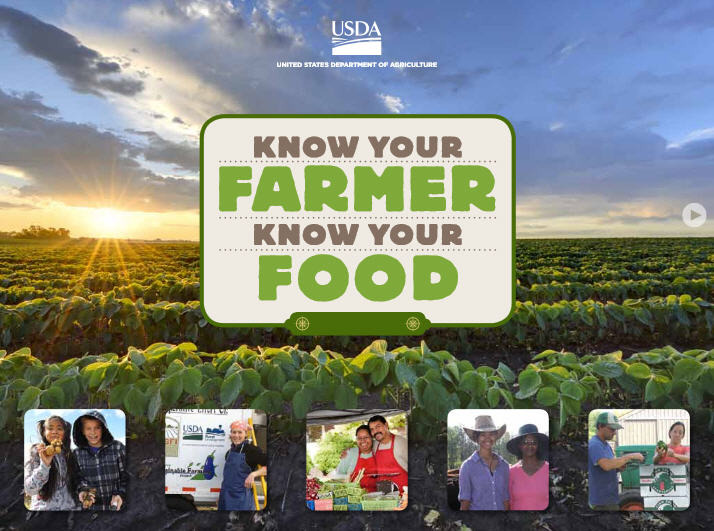Relation Between Producer, Consumer, and Marketing Environment
More than ever, consumers are interested in where their food comes from and are seeking out a connection to the men and women who put food on our tables. Buyers in every sector of the food system have increased local food purchases, and conversations between farmers and consumers are taking place every day in every part of the country.
These relationships are critical for a generation with no living memory of a time when much of America was involved in agriculture. Many Americans learn about farming for the first time when they meet a local farmer or read about their products and production methods in a store. In this way, local and regional food economies help the 98% of Americans who don’t farm to reconnect with our Nation’s farmers and ranchers, and better understand the important role they play in our...families['] lives and the strength of our nation.
Statement by Thomas Vilsack Secretary of Agriculture Before the Committee on Agriculture, Nutrition, and Forestry, U.S. Senate March 7, 2012
The last aspects of local foods to be considered in this section are the complex social and economic forces that affect the producers and consumers of local food.
The 2010 report by Martinez, S., et al cites research that includes these more sociological factors in the world of local food marketing and purchasing:
Local Food Systems: Concepts, Impacts, and Issues. Martinez, S., et al. (2010). U.S. Department of Agriculture. Economic Research Service
"The concept of local food may also extend to who produced the food: the personality and ethics of the grower; the attractiveness of the farm and surrounding landscape; and other factors that make up the 'story behind the food.' The term 'provenance,' which describes the method or tradition of production that is attributable to local influences, seems to capture the essence of this component of the local food definition (Thompson et al.,2008). Local food systems have also been synonymous with small farms that are committed to place through social and economic relationships (Hughes et al., 2007). Social embeddedness in the sense of social connections, mutual exchange, and trust is viewed by some as an important feature of direct agricultural marketing (Hinrichs, 2000; Sage, 2003)." p. 4
The 2015 report by Low, et al quotes several surveys of consumers that found these more relationship-oriented variables cited as common reasons explaining their decision to shop for local foods.
For example, the 2,048 respondents of the 2011 U.S. Grocery Shopper Trends Survey by the Food Marketing Institute (FMI) reported their desire to "support the local economy" as a reason to shop for local food. This was the second most cited reason, just below the number one reason: "freshness," and before the number three reason, "taste."
The responses in the 2014 FMI U.S. Grocery Shopper Trends Survey show the same pattern. The reasons cited for buying local foods in order of frequency: 1. Freshness (86%), 2. To support the local economy (75%), and 3. Taste (61%).
The 2015 USDA examination cites other findings tapping into the "social desirability" of local foods:
Trends in U.S. Local and Regional Food Systems: Report to Congress. Low, S.A., et al. (2015). U.S. Department of Agriculture. Economic Research Service
"Several studies have found that the social desirability of buying local food plays a central role in influencing consumers to participate in the local food economy. A national survey found consumers who bought directly from farmers were strongly influenced by others around them, and felt confident that their actions 'make a difference' for public and private outcomes (Onozaka et al., 2010). In Michigan, local food consumer activists reported a feeling of empowerment that comes from sourcing their own food locally (Bingen et al., 2010, Bingen et al., 2011). In another Michigan study, the perceived social desirability of buying local food may have led consumers to exaggerate the level of shopping at farmers markets (Conner et al., 2010)." p. 30
A 2011 survey of 262 people at the USDA Farmers Market in Washington D.C. reported that the second most frequently cited reason for shopping there was a a desire to support local agriculture.
Results of Dot Survey: USDA Outdoor Farmers Market, Washington, DC. Ragland, Edward, Velma Lakins, and Carlos Coleman. U.S. Department of Agriculture. Agricultural Marketing Service. Marketing Services Division. 2011
"The top three reasons for shopping at the market reported by survey respondents were freshness and taste (26.9 percent), supporting local agriculture (22.1 percent), and convenience (18.4 percent), p. 9
A survey of 1,292 managers of the sites listed in the USDA National Farmers Market Directory was performed in 2006 and published in 2009. When these managers were asked to rate their customers' reasons for shopping at their market, the top reasons given were: freshness, taste, access to local foods, and support of local agriculture.
National Farmers Market Manager Survey, 2006. Ragland, Edward, and Debra Tropp. U.S. Department of Agriculture. Agricultural Marketing Service. 2009
"Why Customers Shop at Farmers Markets
Market managers were asked to rank the top three reasons they believe their customers shopped at their farmers markets. Freshness, taste, and access to local food were the top three reported by managers, with price ranking a distant sixth." p. 34
Finally, the Know Your Farmer Know Your Food Compass embraces all of the definitional factors discussed above into its construct of local foods:
Know Your Farmer Know Your Food Compass. U.S. Department of Agriculture. 2013
Local and regional food systems typically centralize within a specific region all of the activities associated with producing, processing, distributing and marketing foods. But there’s a lot more to it than simply geography. Local food systems convey information to consumers so that they can learn about and feel more connected to where their food comes from. In turn, the knowledge that they gain allows them to target their purchases to support their local economy.
How one defines 'local' or 'regional'—which are often used interchangeably, and will be for the purposes of this document—can depend on geographic, social, governmental, physical, or economic parameters; seasonality; or other factors. When a community comes together to plan and build a local food system, it generally must come to agreement on a definition for the purposes of making policy or developing marketing campaigns." pp. 7-8
 An official website of the United States government.
An official website of the United States government.






